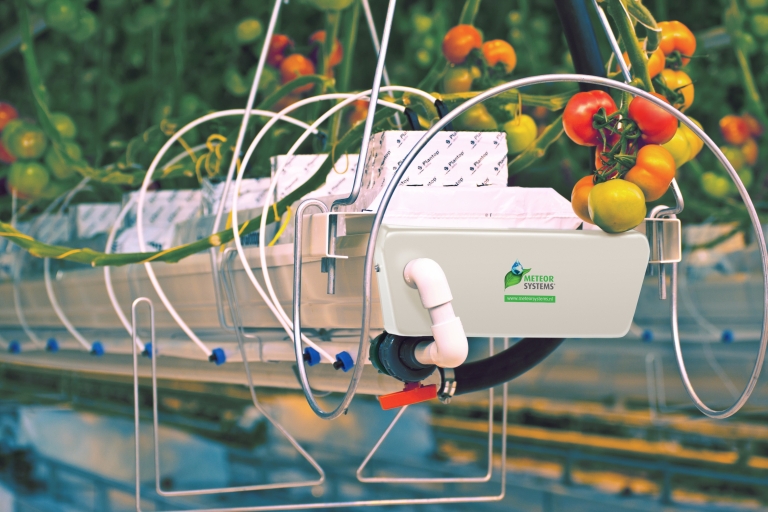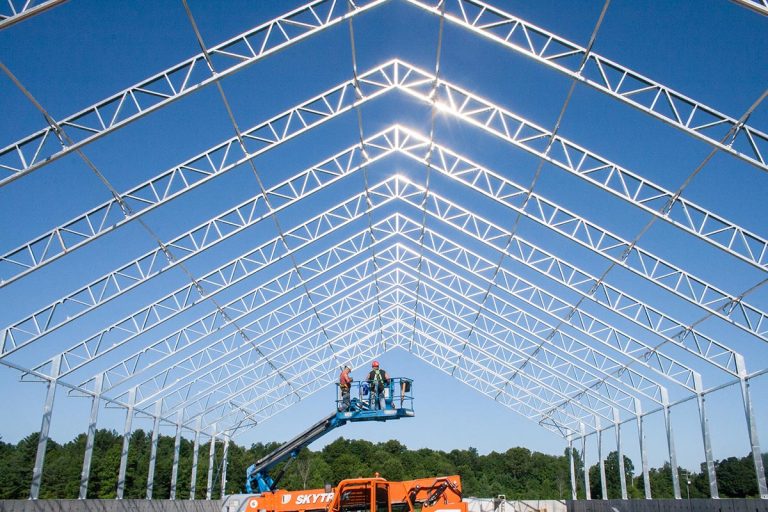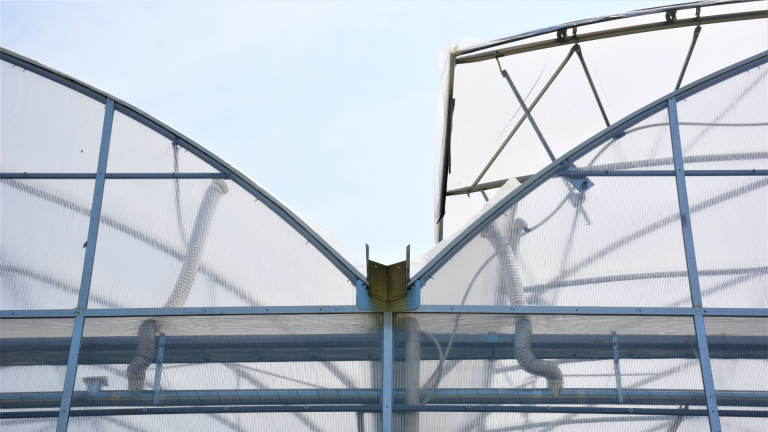Optimizing Conditions
Winter poses unique challenges to greenhouse cultivation, necessitating the optimization of environmental conditions to ensure plant health and productivity. It’s crucial to maintain an ideal balance of temperature, humidity, and light to mimic the plants’ natural growing conditions as closely as possible.
Temperature Management: Consistent temperature control is vital for winter greenhouse production. Utilize thermal screens and heating systems to maintain a stable environment that supports plant growth. Regularly monitor temperature levels throughout the day and night, adjusting heating as necessary to avoid cold spots within the greenhouse.
Humidity Control: High humidity levels can lead to the proliferation of diseases and pests. Implement dehumidification strategies, such as increasing ventilation when weather permits and using moisture control substrates. Ensure that water is applied directly to the roots and avoid overhead watering to minimize excess moisture in the air.
Light Management: Given the reduced daylight hours in winter, supplementing with artificial lighting is essential for photosynthesis and growth. LED grow lights offer an energy-efficient solution, providing the necessary light spectrum with minimal heat output. Adjust the light intensity based on the specific needs of your crops and their growth stages.
Discover how to grow during the winter with Jean-Martin Fortier. Discover our freestanding greenhouses.
Pests and diseases can become significant challenges in the enclosed environment of a greenhouse, especially during winter when ventilation options may be limited.
Regular Inspections: Conduct thorough inspections of plants, substrates, and the greenhouse interior regularly. Look for signs of pests and diseases early, as prompt identification and treatment can prevent widespread issues.
Integrated Pest Management (IPM): Implement an IPM approach, combining biological control agents, cultural practices, and, if necessary, chemical treatments to manage pest populations effectively and safely.
Sanitation Practices: Maintain strict sanitation practices, including removing plant residues, disinfecting tools and surfaces, and controlling entry to the greenhouse. These measures help prevent the introduction and spread of pests and pathogens.
Selecting and Managing Winter Crops
Choosing the right crops, not like tomatoes, for winter production is crucial for success. Some plants are better suited to the cooler, less light-intense conditions.
Cold-Tolerant Varieties: Focus on selecting varieties known for their cold tolerance and ability to thrive under artificial lighting. Leafy greens, such as kale, spinach, and lettuce, along with herbs and some winter vegetables, are excellent choices for winter cultivation.
Crop Rotation and Diversity: Implement crop rotation and diversify the plants you grow to improve soil health and reduce the risk of disease. This practice also allows for a continuous harvest of various crops throughout the winter months.
Advanced Techniques for Enhanced Production
To further enhance winter greenhouse production, consider employing advanced techniques and technologies.
Hydroponics and Aquaponics: These soilless cultivation methods can increase yield and efficiency by allowing precise control over nutrients and water. They also reduce the risk of soil-borne diseases and pests.
Automation: Invest in automation technologies for climate control, irrigation, and lighting. Automation can help maintain optimal growing conditions with greater accuracy and less labor.
Conclusion
Preparing and managing a canadian greenhouse, or any cold region, requires careful planning, ongoing monitoring, and adaptation to the unique challenges of the cold season. By focusing on optimizing environmental conditions, managing pests and diseases proactively, selecting suitable crops, and potentially incorporating advanced cultivation techniques, greenhouse operators can achieve successful winter production. Our expertise in winter growing, coupled with greenhouses designed to withstand high snow and wind loads, positions us as leaders in this field. For more tailored advice and solutions, do not hesitate to contact us.


